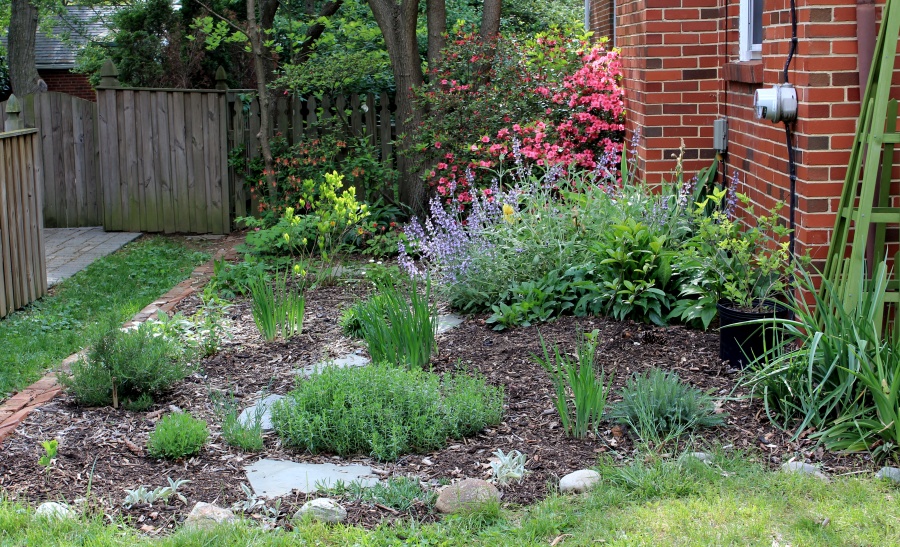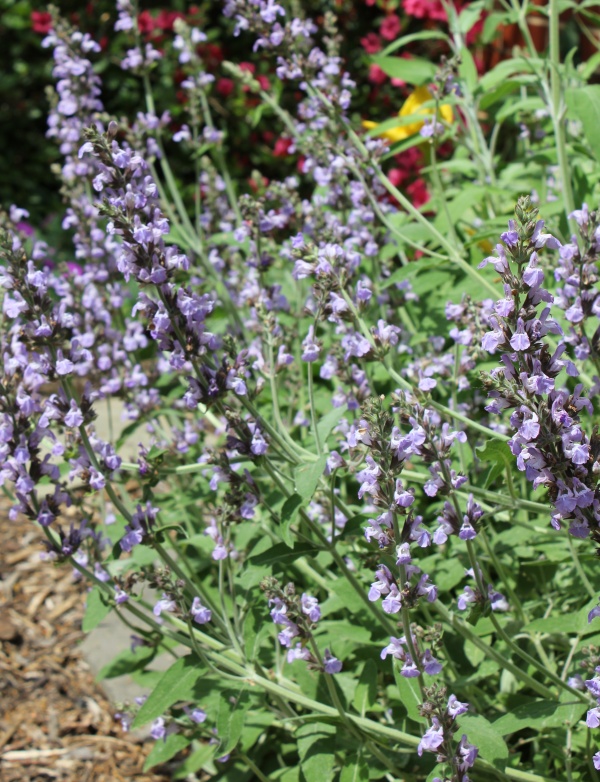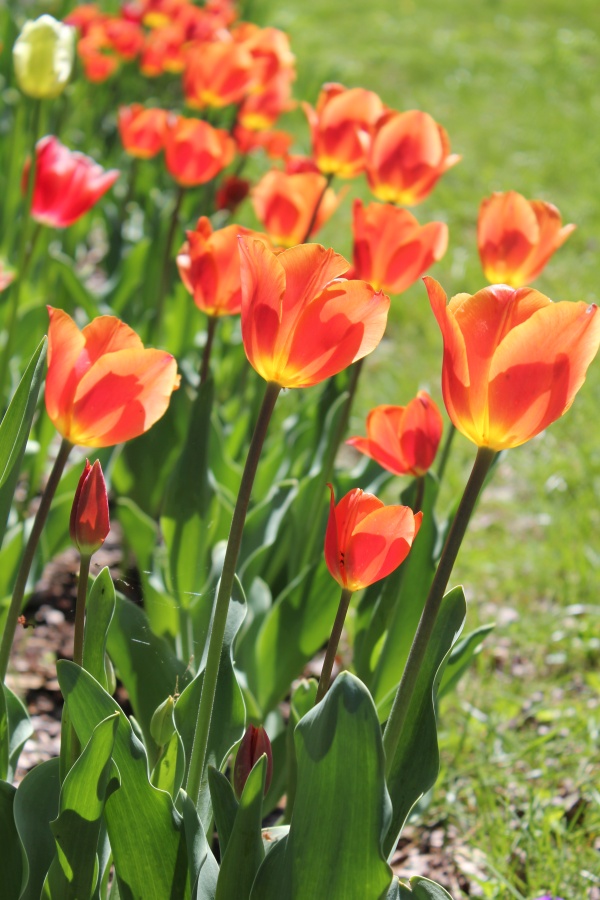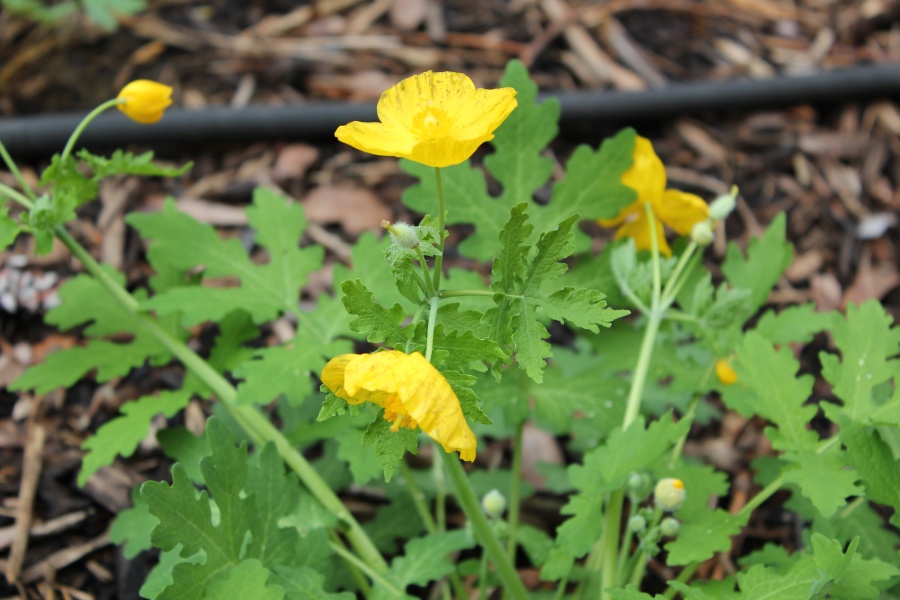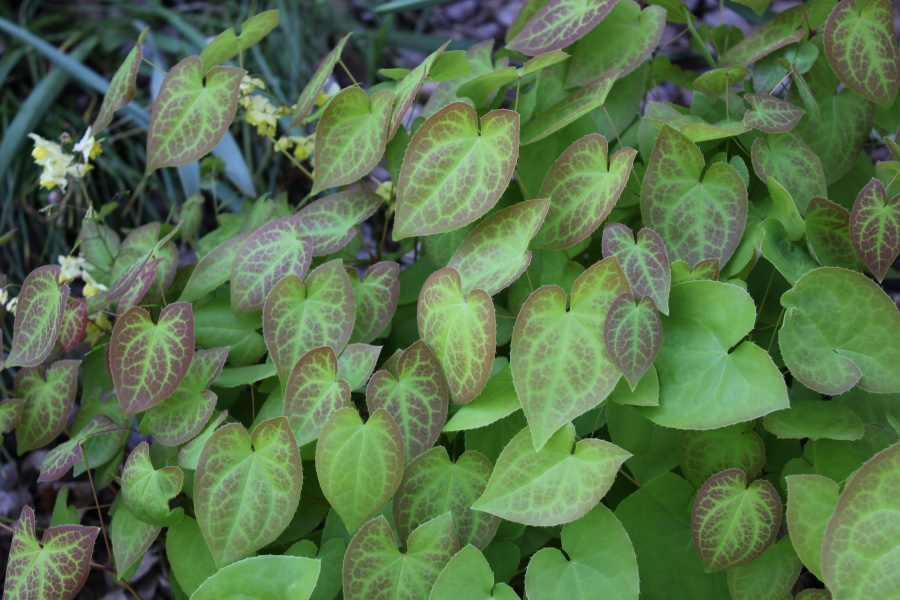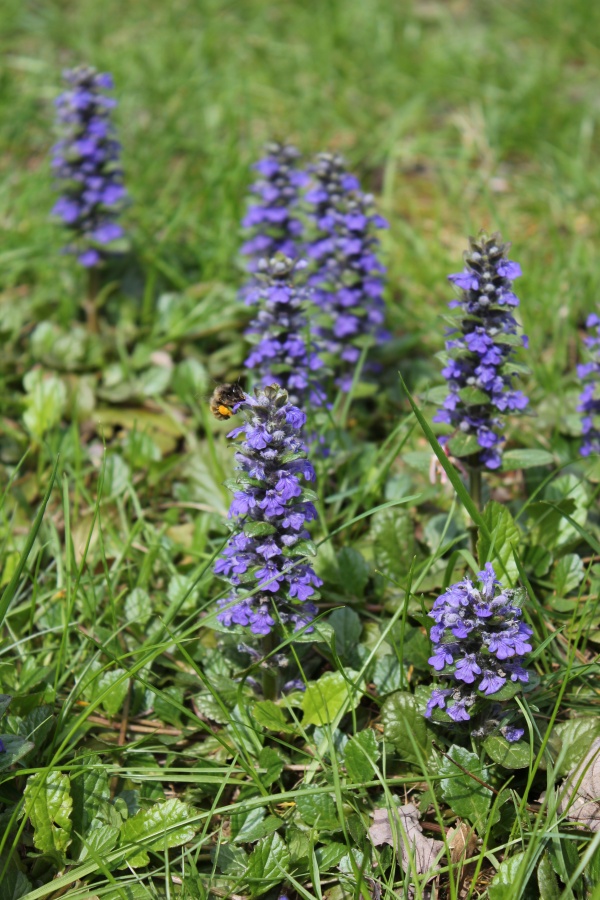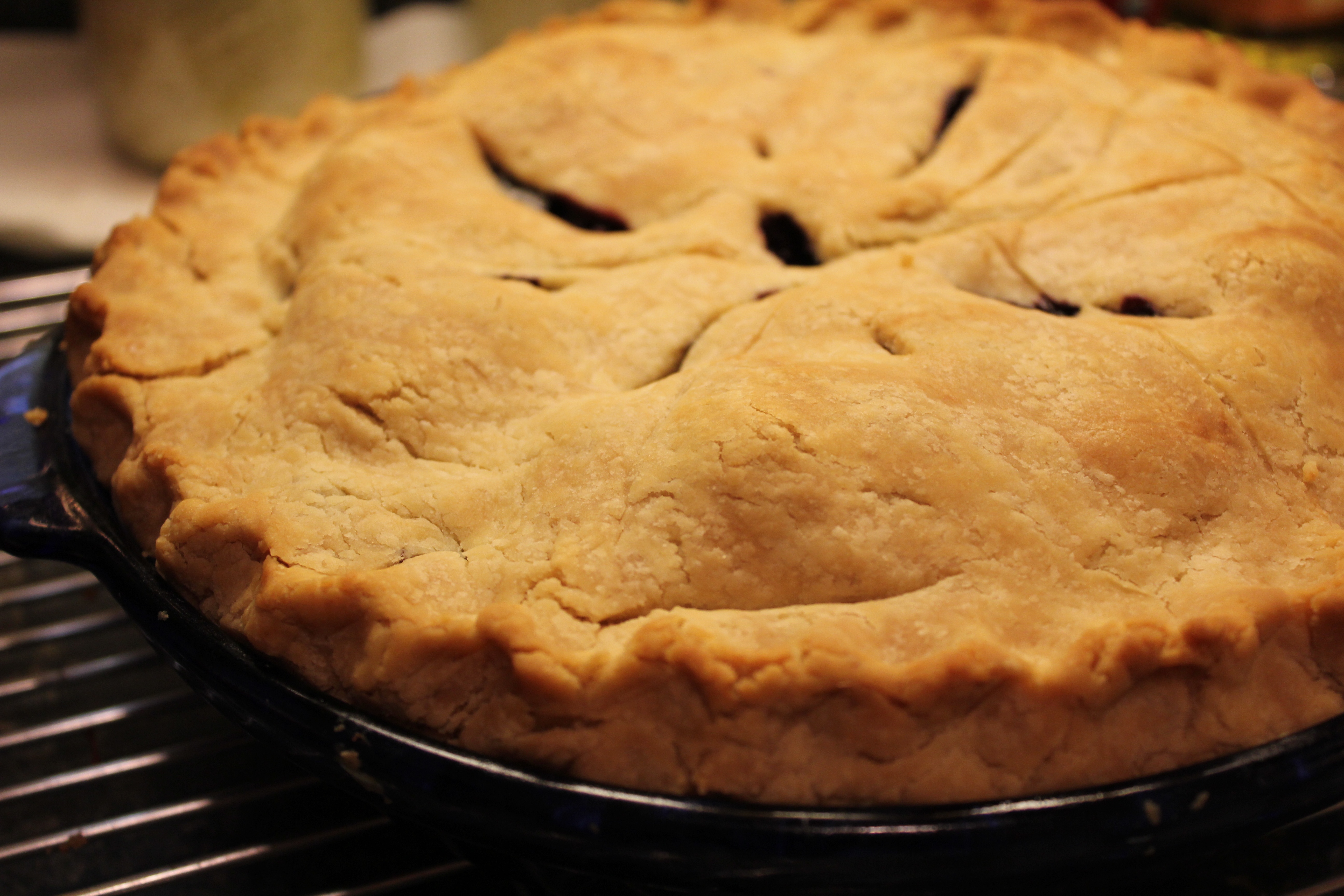
The finished product straight from the oven.
A couple of weeks ago, upon our return from vacation in the Great White North, I made a blueberry pie. The pie was exciting for a few reasons: it had a gluten-free crust (I’d say the best one so far, but the most recent always seems like the best); it was made with blueberries both from the ancestral homestead and from our CSA; and it used lemon verbena from our garden (the first use I’ve found for it, since “muddle it into a fruity drink containing hard alcohol” is great advice but only works when you are actually consuming fruity drinks containing hard alcohol). I combined the filling from this recipe with the gluten-free crust from The Allergen-Free Baker’s Handbook that I’ve previously used for apple pies, and it was not a bad pie at all. (I don’t even feel the need to qualify that with “for a dairy-free gluten-free one.”)
The assembly of the pie was pretty standard, now that I’m used to working with the sticky tart-like dough that results when you are using starches held together by egg to make a crust. The filling smelled very lemony, as I just tossed the berries with the juice and zest, not seeing any instructions otherwise in the recipe. I remembered the shortening inside the pie (which I often don’t) but did forget the rice milk wash for the top. That turned out to be a lucky mistake, as I preferred the flakier drier crust and it didn’t have the overly-ricey taste that some of the other versions have had. When I took the pie out of the oven curiosity got the better of me and I spooned up a taste of the filling that had overflowed onto the cookie sheet. I then became very nervous as the filling tasted like nothing more than a blueberry Lemon Drop, a “martini” that I hadn’t had in years because of the cloying sweetness. In the end—where the end is the next day after the pie had cooled completely overnight—the lemon was not overbearing and the pie was quite good. I will definitely chop the verbena more finely next time, but I’d make it again. Blueberry is a good combination with the gluten-free crust, too, as the color and flavor permeate the lower crust and the tart berries stand out against the bland backdrop.

The filled shell. Mmm, blueberries.
After blueberry, the next seasonal pie is usually sour cherry. Well, sour cherry is usually first (here in DC) and blueberry usually follows (after we return from our summer trip in early August). This year we missed sour cherry season entirely and the blueberries were a few weeks early so we had barely cleared Canada Day when we had blueberry pie. Which means that next up is most likely peach, as those are already rolling in to our CSA. After a banner year of plums two summers ago I suspect that the one little bag I have in the fridge might be all I have to work with, so a peach-plum (dairy-free gluten-free) crisp might be in the making. What could possibly go wrong?


